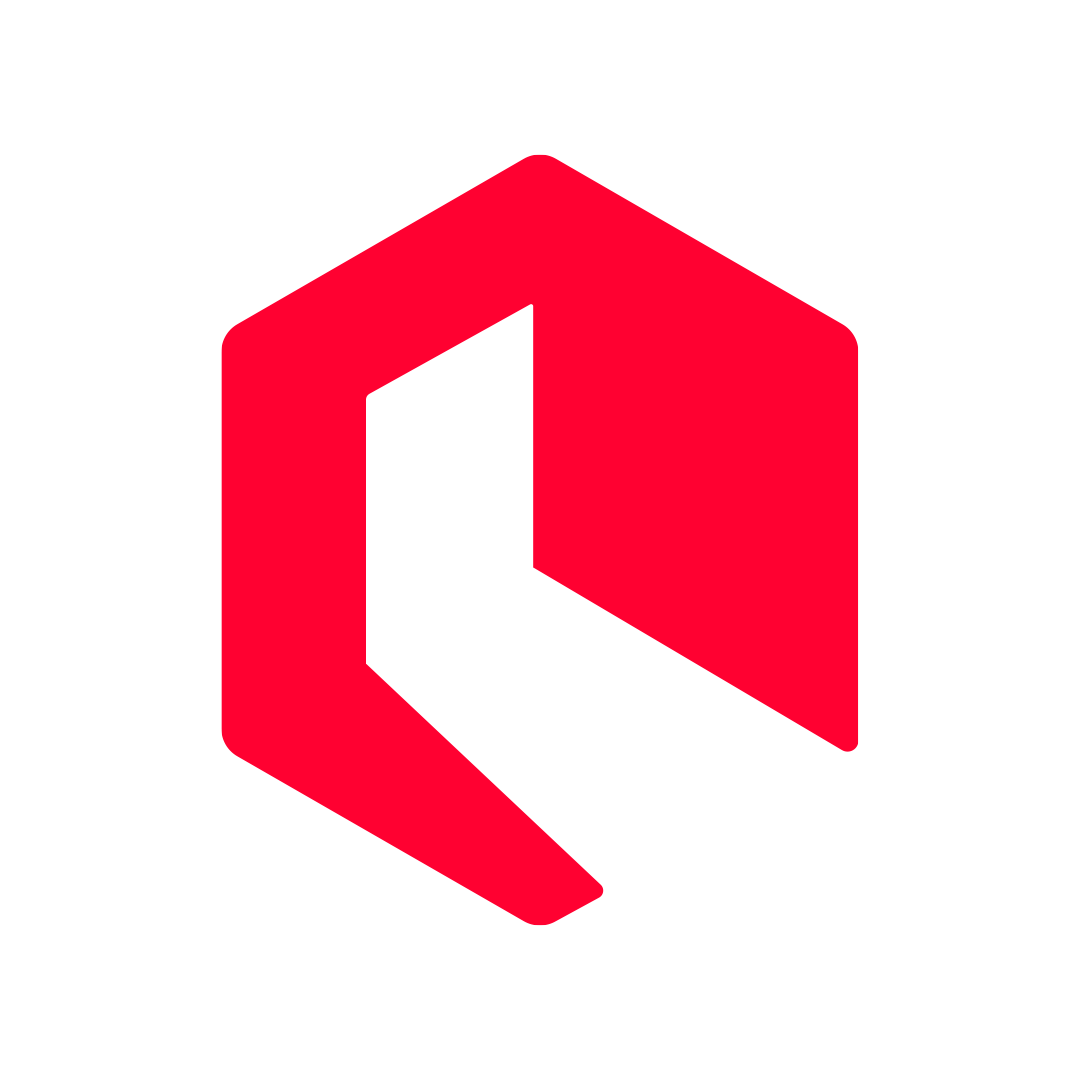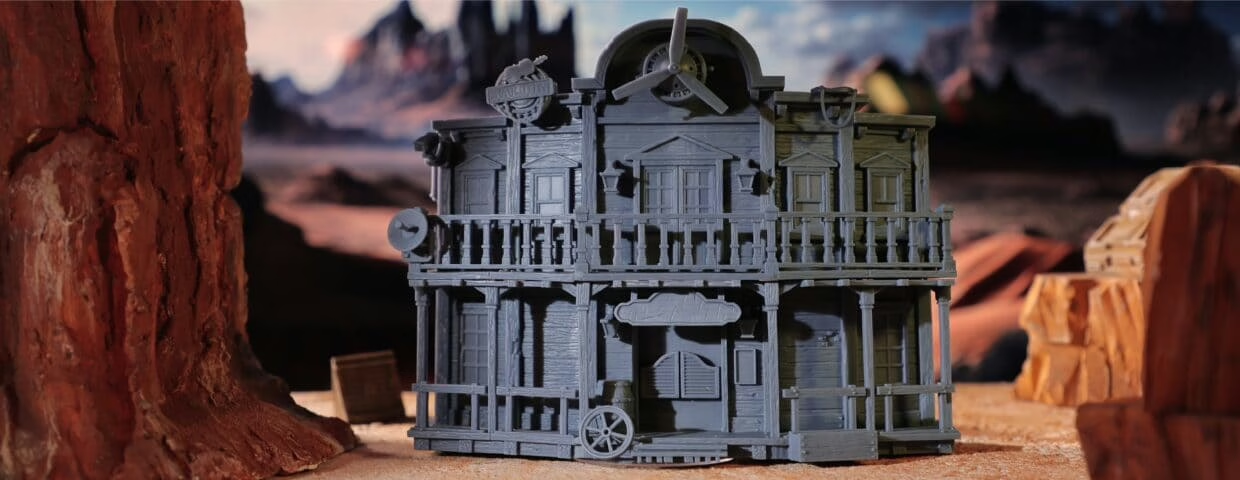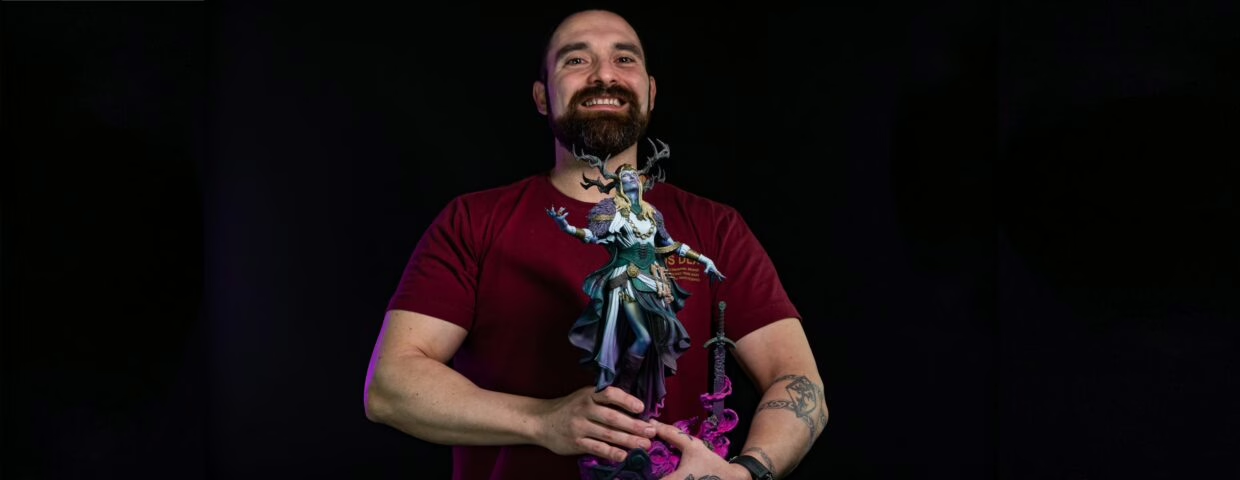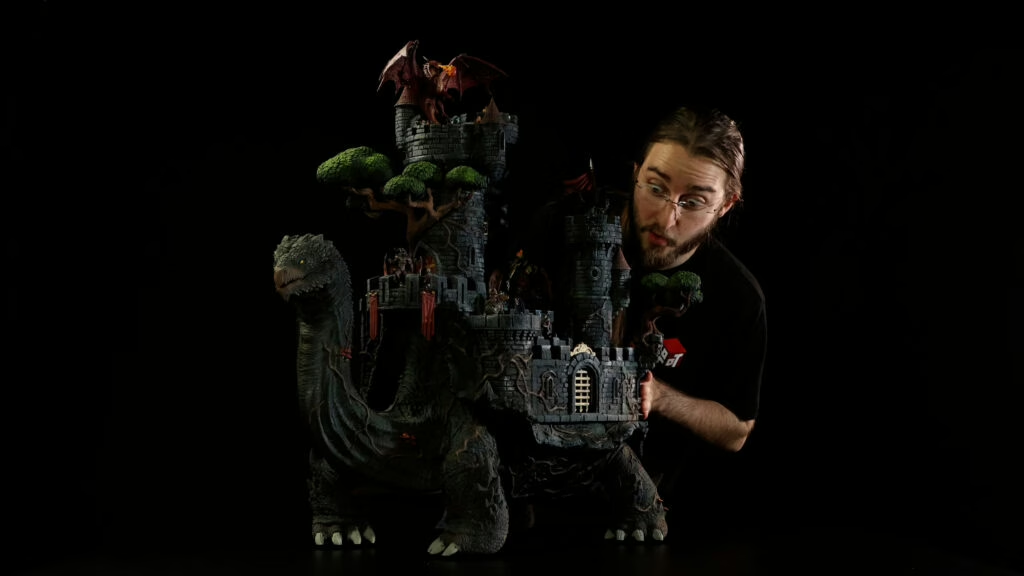FDM x RESIN: The Ultimate 3D Printer Guide (2025)
The Verdict: Loot's Favorite FDM & Resin Printers for 2025
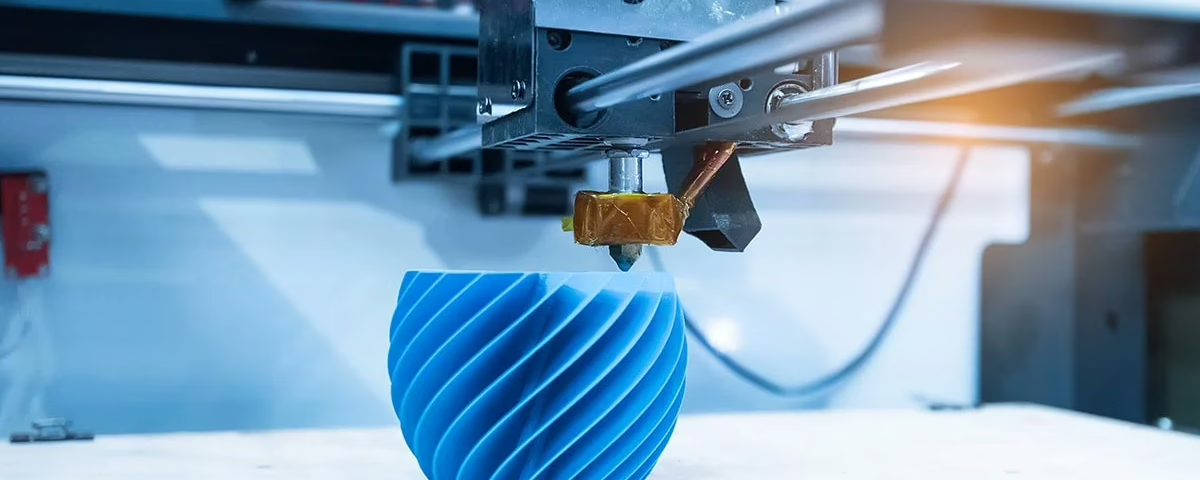
Just by being here, I know you are on the verge of ascending to a whole new level. You’ve probably seen the quality of resin miniatures, the sheer scale of FDM terrain, and you’ve decided to stop buying parts of the hobby and start creating them with your own 3D printer. This is the move that separates the enthusiast from the master.
The reality is simple: 3D printing is more accessible than ever! The problem is: The market is a maze, and choosing the wrong machine for your goal can be a huge headache, leading to the fastest way to get frustrated, waste precious materials, and – the worst option- give up on a great hobby.
This guide is your single, expert command on which 3D printer to acquire. We’ve consolidated the technical facts, price data, and critical safety insights from years in the industry to ensure your investment is a guarantee of printing success.
Why You Need a 3D Printer
Well, first, it lets you create dope prototypes of your ideas without breaking the bank. There’s no need to blow all your cash on materials and tools to make a physical model when you can print out a functional prototype in just a few hours. Second, it’s a quick and easy way to test out your ideas until you’re totally stoked about the final product.
And don’t even get me started on the cost! Some people think 3D printing is costly, but not anymore! It’s become more accessible and affordable for everyone, even those on a tight budget. And the best part? You can make your wildest dreams come true with just a few clicks of a button.
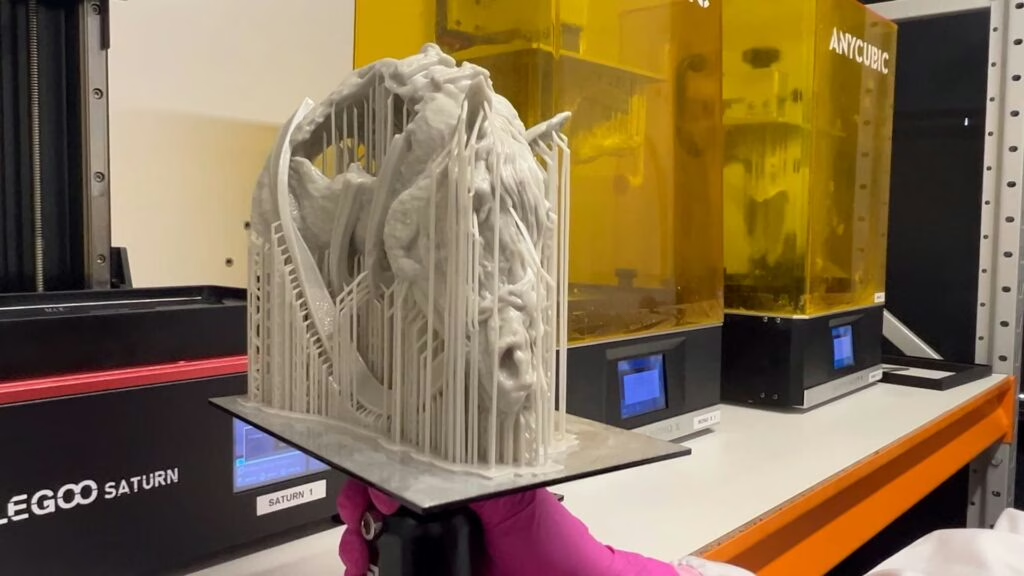
Why 3D Printing Is a Good Hobby
If you’ve ever looked at a miniature, a piece of terrain, or even a custom gadget and thought, “I wish I could make that,” then 3D printing might just be your new favorite hobby!
It’s more than a trend, it’s an entire creative ecosystem that lets you turn imagination into something real you can hold in your hands.
3D printing has evolved from a niche technology used by engineers (read the whole story here) into a thriving hobby accessible to anyone with curiosity, creativity, and a bit of patience. Whether you want to bring RPG campaigns to life with detailed miniatures, design your own props, or just tinker with inventions, 3D printing gives you the power to prototype, test, and create at home without breaking the bank.
And here’s the thing: it’s never been more affordable.
The idea that 3D printing costs a fortune is long gone. Today, there are printers under $300 capable of creating models that would have required professional studios a few years ago. Add free software, online communities (and Loot Studios’ 3D Printing Hero FREE course), and suddenly, the learning curve looks much friendlier.
Questions to Ask Yourself Before Buying a 3D Printer
But before hitting “add to cart,” take a breath.
3D printing isn’t just about the hardware; it’s about understanding what you want from it. So here are ten questions to ask yourself before buying your first 3D printer.
1. What Do I Want to Create?
Miniatures? Terrain? Cosplay props? Functional gadgets?
The type of projects you want to make determines the kind of printer (and materials) that suit you best. Resin printers shine for small, detailed models like D&D miniatures, while FDM printers excel at large props and dioramas.
2. How Much Detail Do I Need?
If you’re obsessed with sharp edges, crisp armor plates, and lifelike faces, resin printing will make your jaw drop. But if you value size and speed over microscopic details, FDM is the more practical choice.
3. How Much Space Do I Have?
3D printers can take up more room than expected, especially FDM models with larger build volumes. You’ll also need space for materials, tools, and finished pieces. Resin printers require even more room for safe washing and curing setups.
4. How Comfortable Am I With Post-Processing?
Some printing methods need sanding, painting, and cleaning. Resin printers, for example, involve washing, curing, and proper resin waste disposal (covered in detail in the 3D Printing Hero course, just saying…).
If you love tinkering, that’s part of the fun. If not, FDM might be the way to go.
5. What’s My Budget?
Entry-level printers can cost less than a weekend getaway. Still, your total investment includes filaments or resins, cleaning supplies, and safety gear. Think of it as a creative setup rather than a one-time purchase.
6. Am I Willing to Learn?
3D printing is both science and art. Things will go wrong. Models will fail. But every mistake teaches you something new. So be patient and enjoy the ride, since the adventure has just begun.
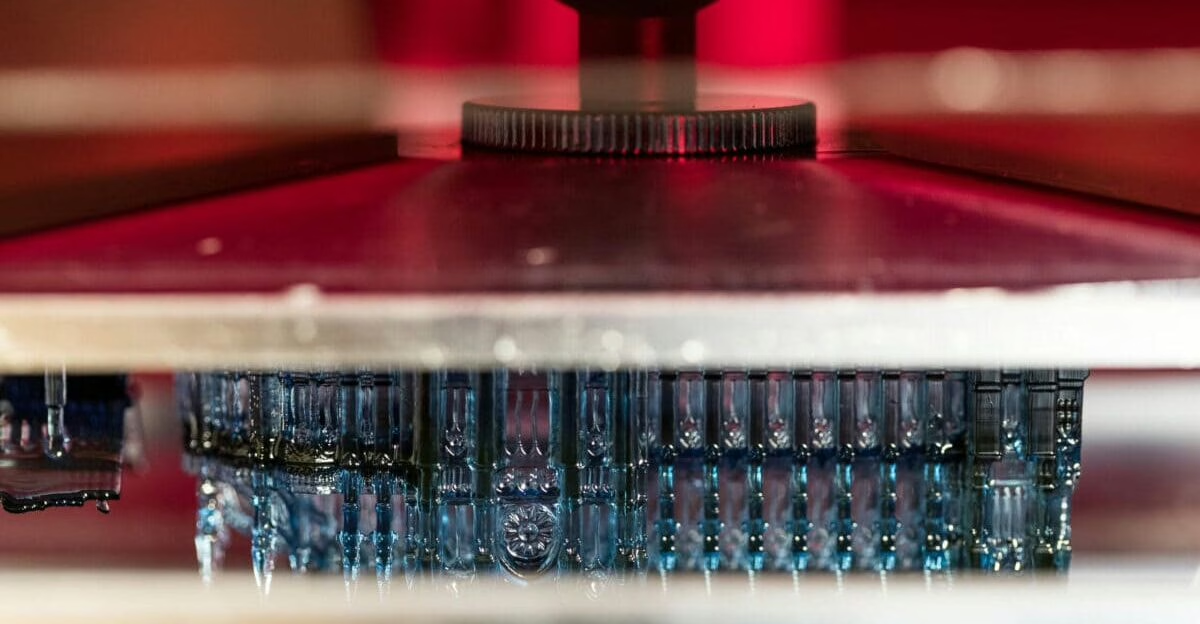
7. How Much Time Can I Dedicate?
A quick prototype might take an hour. A large, detailed miniature can take overnight.
The good news? Most printers can work while you sleep. The only time you’ll spend is setting up the printer beforehand.
8. Do I Want to Print or Design?
Some hobbyists just print ready-made models (like those from Loot Studios wink, wink), while others love designing their own. Knowing which side excites you most helps you choose not just the printer, but the software you’ll use.
9. How Important Is Safety for Me (and My Pets)?
Resin printing, in particular, requires gloves, ventilation, and proper waste disposal. You can check a little more about it in this other article. FDM, on the other hand, is safer to handle but still needs care with heated components.
10. What Inspires Me to Print?
The best 3D printer is the one that keeps you excited to use it. Whether it’s printing your RPG party’s next big boss, creating custom gifts, or just learning a new skill, the joy of 3D printing is watching your ideas materialize layer by layer.
So, you’ve answered the questions and you’re ready to take the leap. The next step? Choosing your printer.
Let’s explore the main differences between FDM and resin printers, and find out which one fits your creative journey best.
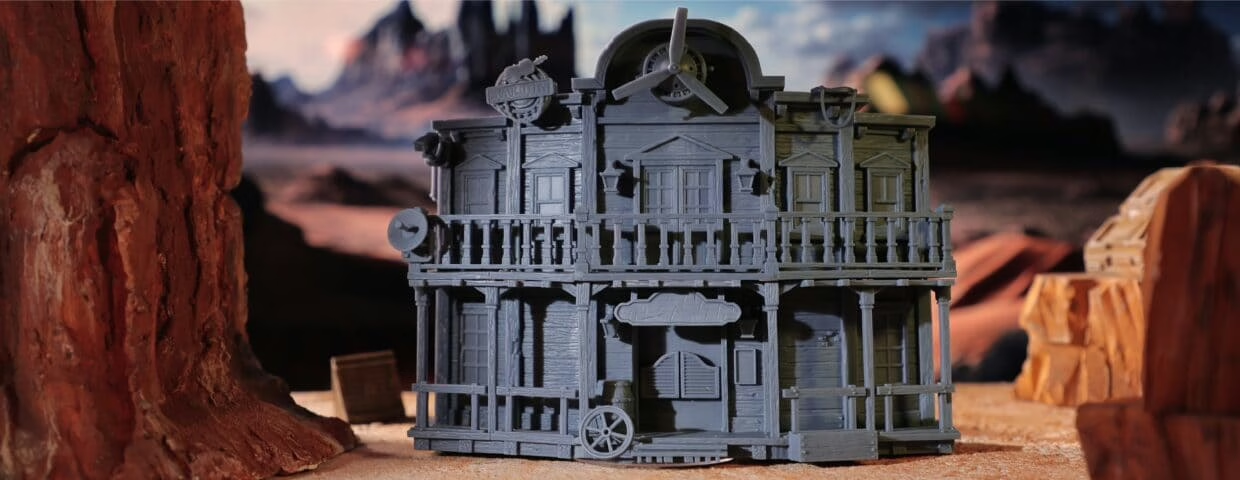
Which Printer Should You Buy (FDM vs Resin)
So, you’ve decided to start your 3D printing journey. I might say it is one of the best decisions you’ve made in your life, but what can I say? I’m biased…
Now we have the most common question for beginners: “Which printer should I buy?”
There’s no single answer, but understanding the two main types of printers will make your decision much easier. All 3D printers use similar principles (building objects layer by layer), but they differ in how they do it, what materials they use, and what kind of results you can expect.
Let’s break it down: FDM vs Resin, the two titans of home 3D printing.
What Is FDM 3D Printing?
FDM stands for Fused Deposition Modeling, and it’s the most common (and beginner-friendly) type of 3D printing.
It works by melting a thin plastic filament, usually PLA, PETG, or ABS, and depositing it in layers to build up your model. Imagine a robotic hot-glue gun that moves with extreme precision, creating your design one line at a time.
FDM printers are known for being affordable, reliable, and versatile. They’re ideal if you want to print:
- Large props or terrain pieces for tabletop games
- Cosplay armor or tools
- Functional household objects
- Prototype models for DIY projects
Pros:
- Lower startup cost
- Easier to maintain and troubleshoot
- Safer and cleaner (no resin or fumes)
- Bigger build volume, perfect for large prints
Cons:
- Visible layer lines (less detail)
- More sanding and finishing are required for smooth surfaces (the plastic can melt due to the attrition caused by the sanding paper)
- Slightly slower for small, intricate models
Choose FDM if you want to print big, learn the basics safely, and enjoy hands-on tinkering without dealing with chemicals.
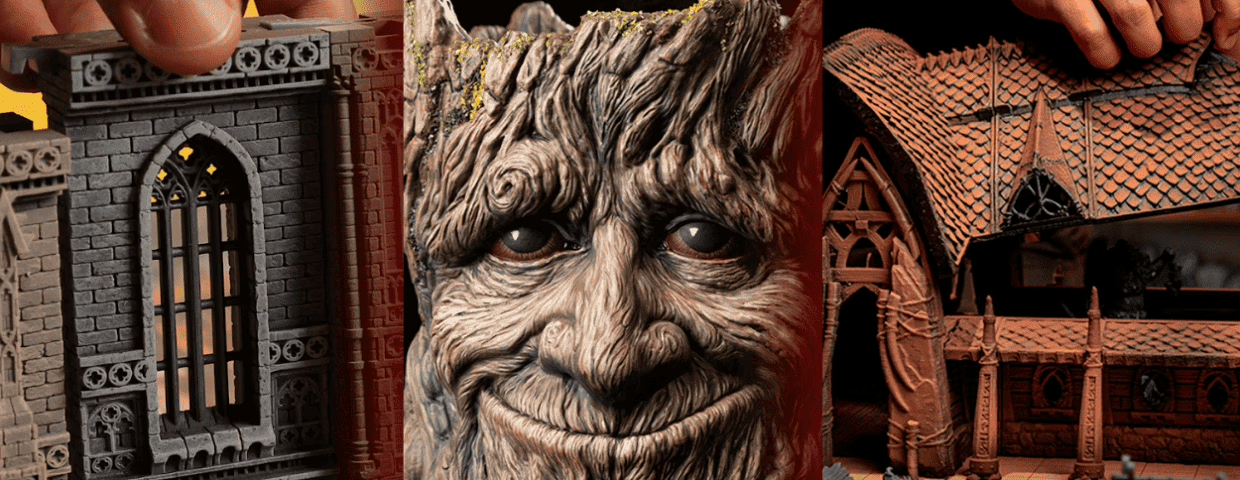
What Is Resin 3D Printing?
Resin 3D printing uses light instead of heat. Rather than melting plastic, it hardens liquid resin layer by layer using UV light, creating highly detailed, ultra-smooth models.
This technology is usually called SLA (Stereolithography) or MSLA (Masked Stereolithography), depending on the printer’s screen setup.
If FDM is like building with Lego bricks, resin printing is like sculpting marble with a laser.
Most of the market’s miniatures are made to be printed in resin, since it provides sharper details.
Pros:
- Incredible detail and surface finish, perfect for miniatures and statues
- Faster for small parts
- Crisp edges and accurate proportions
- Possible to print multiple things at the same time
Cons:
- Requires gloves, masks, and good ventilation
- Resin can be toxic and sticky
- Proper waste disposal is essential
- Prints must be washed (in isopropyl alcohol) and cured under UV light
Because of these extra steps, safety and process knowledge are key! That’s where the 3D Printing Hero course enters. It covers everything from setting up your resin workspace to cleaning prints safely and managing waste responsibly. Even if you’re an FDM user, the course helps you understand resin’s potential (and limits) before jumping in.
So, Which One Should You Choose?
Are you uncertain about which one you should choose? Well, we have two videos for you!
This video is to help you to choose the option that suits you the most:
And this one is a video in which we compare FDM and Resin 3D printing:
The Best FDM 3D Printers
If you’re looking for a reliable FDM printer that balances quality, speed, and reliability, we’ve curated a list of top models to guide your purchase.
- Bambu Lab X1 Carbon
- Prusa MK4
- Creality K1 Max
- Anycubic Kobra 2 Pro
- Voron 2.4
Bambu Lab X1 Carbon, The Speed & Precision King
This printer stands as one of the fastest and most reliable FDM machines currently on the market. It features AI-assisted calibration, a rigid CoreXY system, and an advanced multi-material printing setup. These features make it an excellent choice for serious hobbyists who demand top-tier speed and precision. While the initial investment is significant, its performance justifies the value.
Prusa MK4, The Reliable Workhorse
The Prusa MK4 continues its predecessor’s legacy with improved sensors, better print speeds, and an unmatched reputation for long-term reliability. It remains an excellent option for those who want a truly hassle-free experience and a machine that consistently delivers high-quality prints with minimal fiddling. Its exceptionally silent operation and robust community support make it a true investment in frustration-free printing.
Creality K1 Max, The Large-Format Beast
For those who need to go big, the Creality K1 Max stands out with its impressive build volume and AI-assisted monitoring. This machine is ideal for printing massive terrain pieces, modular dungeon floors, and full-scale cosplay props. It combines a CoreXY motion system with impressive speeds, making quick work of huge projects. However, be aware that the software experience requires more tweaking compared to other premium options.
Anycubic Kobra 2 Pro, The Best Budget Performer
The Anycubic Kobra 2 Pro is a high-speed printer that delivers excellent print quality at a friendly budget point. It features auto-bed leveling and a user-friendly setup, making it a great choice for beginners looking to enter the hobby without a major cost commitment. While its build plate is smaller than some of its massive competitors, it remains a strong contender for balancing affordability with speed.
Voron 2.4, The Enthusiast’s Dream
For experienced enthusiasts and tinkerers, the Voron 2.4 offers a completely customizable, high-speed CoreXY printing experience. Designed for those who want total control, its DIY kit provides precision, durability, and an enclosed design for improved print consistency. However, be prepared for a detailed assembly process and the need to source components individually.
Now, it’s turn to talk about them, the Resin 3D printers.
The Best Resin 3D Printers
Resin 3D printers are the superior tool for creating detailed and precise models. While they may require more post-processing than FDM printers, the quality difference is unmatched across a wide range of applications. If you are ready to invest, here are the top options we recommend:
- Anycubic Photon Mono 4K
- Elegoo Saturn 2
- Phrozen Sonic Mini 4K.
Anycubic Photon Mono 4K, The Optimal Balance
For anyone looking to buy a 3D printer that combines high performance with great value, the Anycubic Photon Mono 4K is an excellent choice. It uses advanced LCD masking technology to selectively cure photopolymer resin, ensuring highly detailed results.
A standout feature is its high fidelity: the 4K LCD screen provides a print resolution of 3840 x 2400 with 35 µm XY pixels. This allows the printer to capture smooth surfaces and the intricate details essential for high-quality miniatures. Furthermore, its ease of use is a big win for beginners. It includes the user-friendly slicing software, Photon Slicer, and features both a touchscreen and a USB port for quick file transfer.
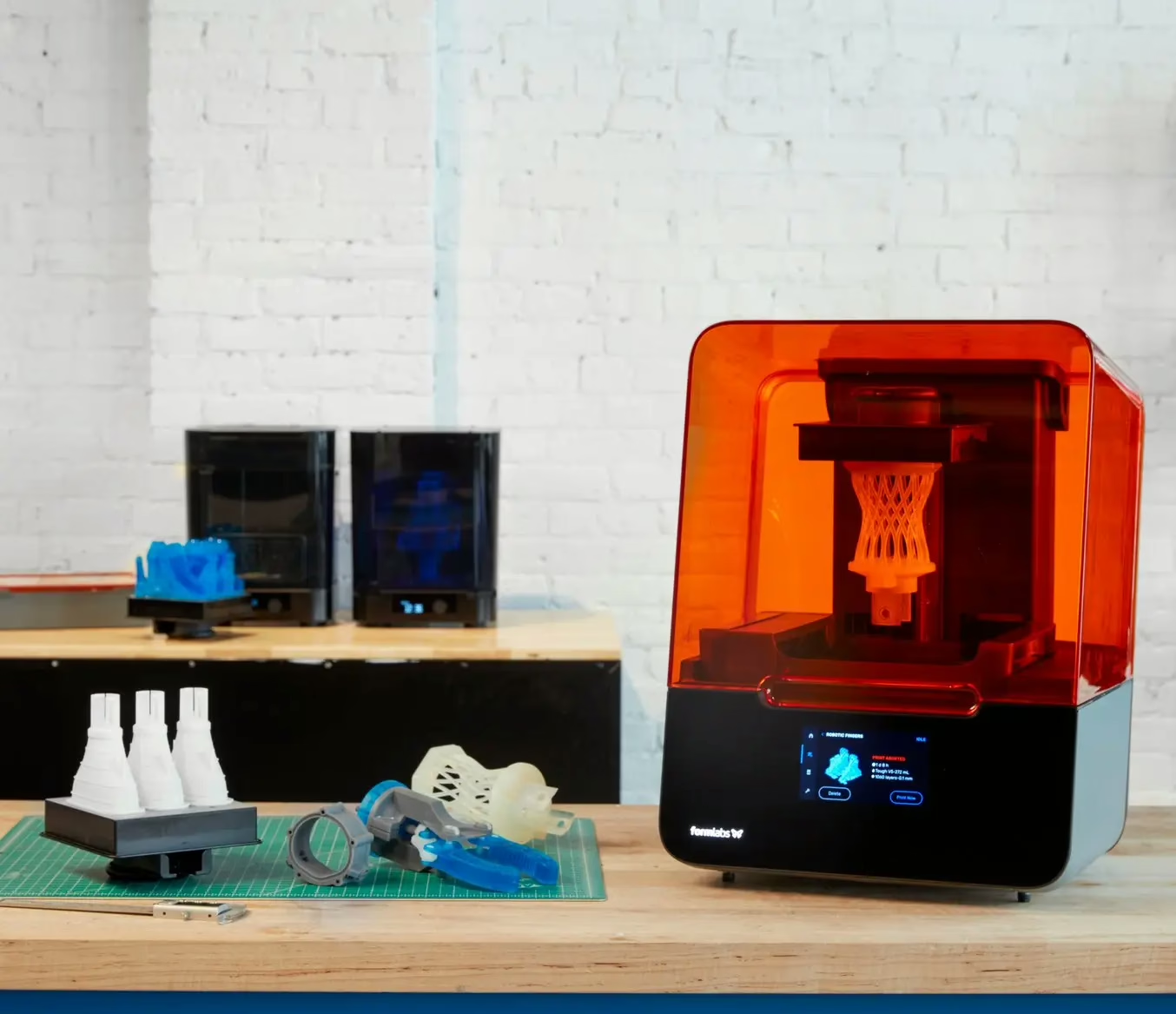
Elegoo Saturn 2, The Volume King
The Elegoo Saturn 2 is recognized for its massive build volume and exceptional output quality. Its build area measures 8.62 x 4.84 x 9.84 inches, making it significantly larger than many competitive resin printers. This increased capacity makes it an ideal choice for professionals and serious hobbyists who need to print large props or entire miniature squads in a single batch.
The Saturn 2 delivers exceptional print quality thanks to its 8K monochrome LCD screen, which boasts a 7680 x 4320-pixel resolution. This remarkable XY accuracy of 28.5 microns ensures smooth surfaces and captures the finest details on complex models.
Phrozen Sonic Mini 4K, The Efficient Choice
The Phrozen Sonic Mini 4K is known for its fast printing speed and user-friendly interface. Its precision makes it a reliable workhorse for small, detailed models. Its intuitive software makes it easy to prepare and send print jobs, and it offers both USB and Ethernet connectivity for efficient file management. However, potential buyers should note its compact build volume of 5.28 x 2.95 x 5.12 inches, which is best suited for individual miniatures and small terrain pieces.
Loot Studios’ Expert Recommendations and Standards
Our internal testing justifies these choices by prioritizing build size and detail. At Loot Studios, we use the Elegoo Saturn 2 as our main production printer because its large bed size is necessary to prototype and release Statues and Props, ensuring they fit a plate of at least 192mm x 120mm x 200mm.
By contrast, we have selected the Phrozen Sonic Mini 4K as the standard for all our 32mm product releases. This means you can confidently print all Loot models in this scale if your printing area measures 121mm x 68mm x 130mm or larger. This standard ensures the highest detail is achieved across our product lines, regardless of your personal printer’s size.
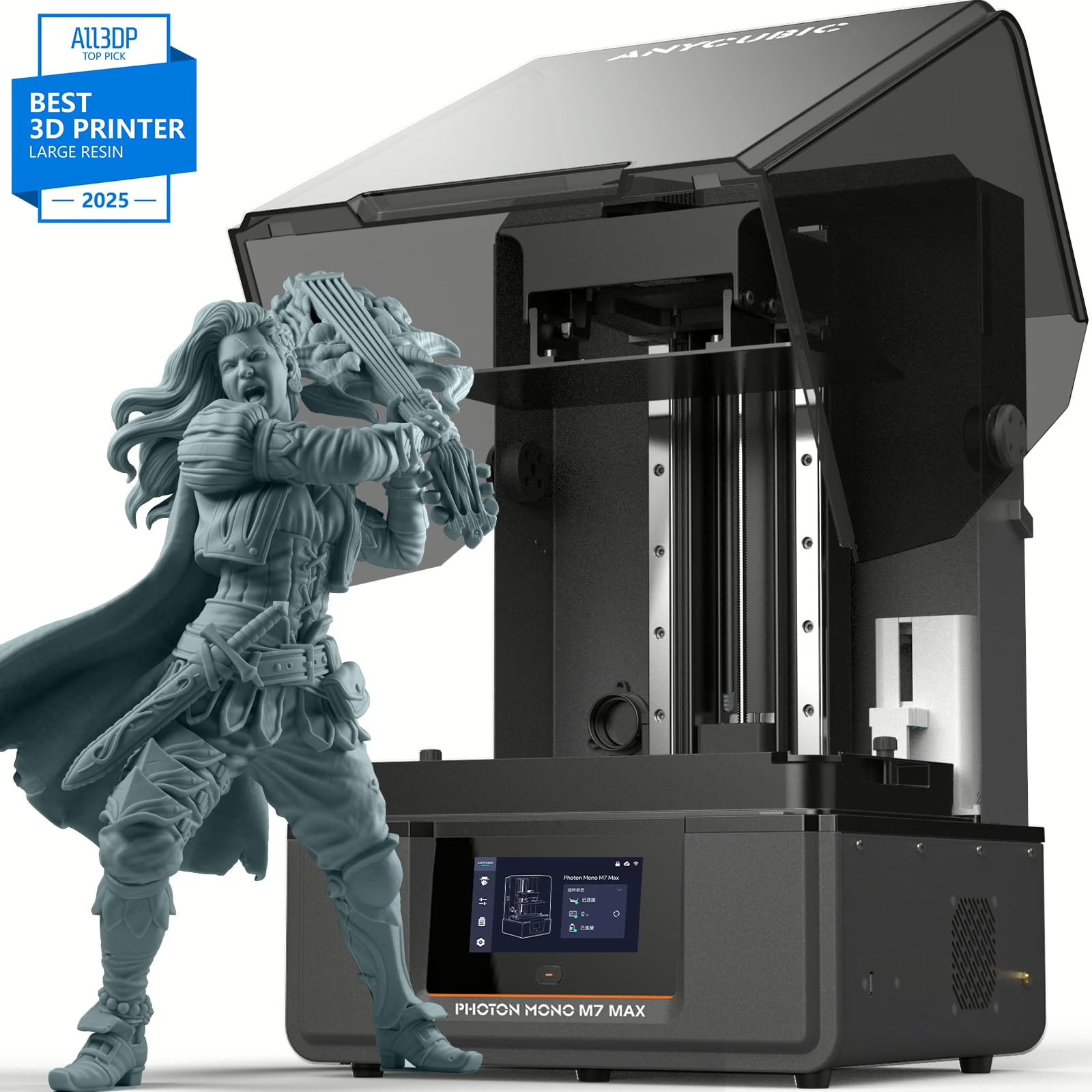
The Final Ascent: Your Creation Journey Starts Now
The confusion is officially over! You’ve successfully navigated the maze of specs, build volumes, and resolutions, and honestly, that was the hard part. You now possess the expert knowledge to make a confident investment.
Your final choice isn’t about guessing; it’s about confidently picking your battlefield. FDM 3D printers are the ideal workhorses for building massive terrain and epic props, while Resin 3D printers deliver the flawless detail needed for high-quality figures.
The complicated research is finished. The next step is simple: take the leap. Stop worrying about the what-ifs and start focusing on what you can build. You are now equipped with the knowledge to select the perfect 3D printer and avoid the beginner pitfalls.
Now, let’s start printing masterpieces.
Loot Studios can help you paint highly detailed minis, statues, and props. Choose your favorite bundle from our previous releases or sign up for Fantasy or Sci-Fi to receive a new bundle every month. You can also check out some tips on our YouTube Channel.
